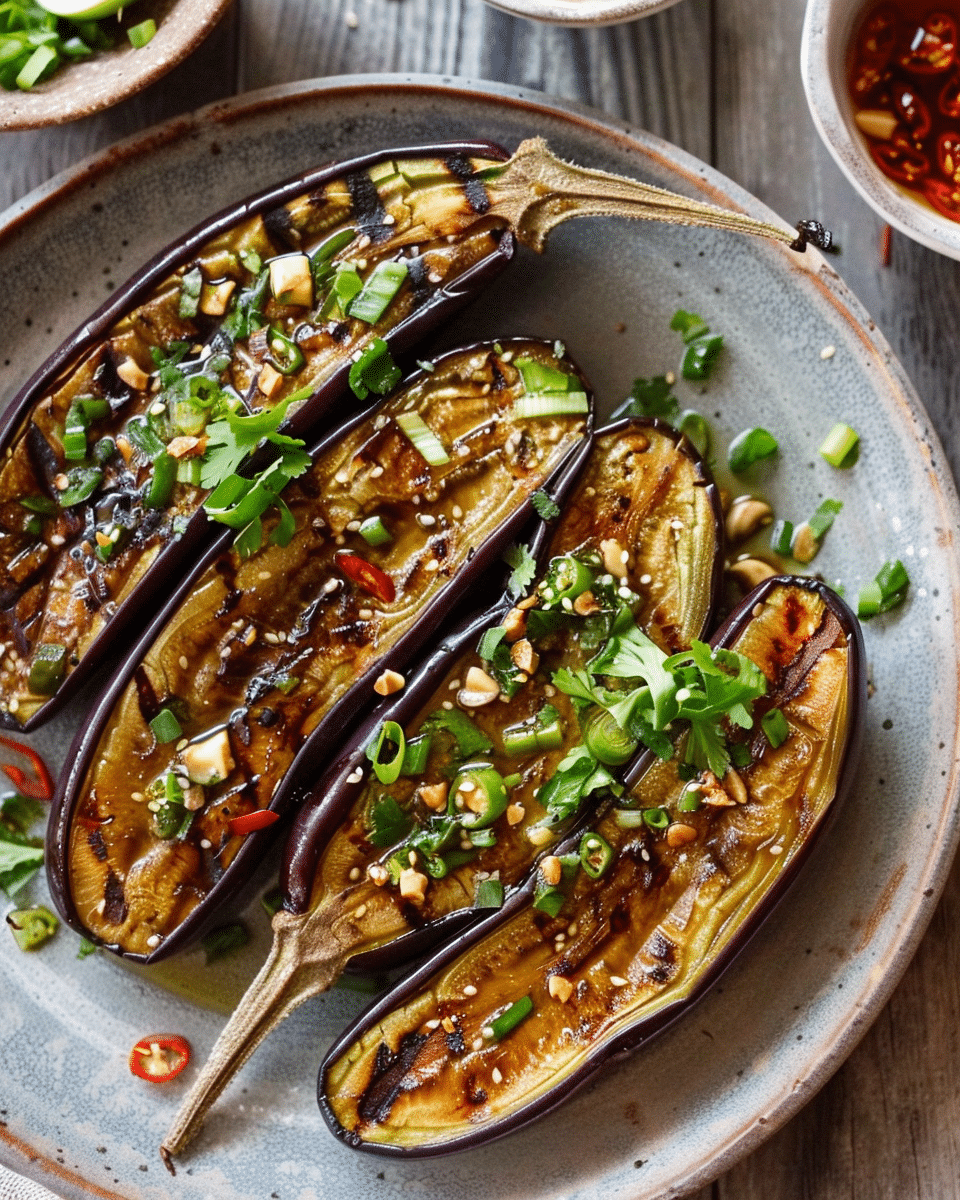Cacio e Pepe is a classic Roman dish known for its simplicity and rich, creamy flavor. However, achieving the perfect creaminess can sometimes be a challenge. This article will explore the reasons behind a not-so-creamy Cacio e Pepe and provide solutions to ensure a creamy and delightful dish. Learn more about the traditional Roscioli Roman Cacio e Pepe Recipe.
Understanding the Ingredients
A. Pecorino Romano Cheese
Pecorino Romano Cheese is one of the key ingredients in Cacio e Pepe. This cheese is made from sheep’s milk and has a sharp, salty flavor. It’s essential to use high-quality Pecorino Romano as it melts into the hot pasta, creating a creamy sauce. The cheese should be finely grated to ensure it dissolves evenly and doesn’t clump together.
Tips for Pecorino Romano Cheese:
- Grate Freshly: Grate the cheese freshly to ensure it melts easily.
- Room Temperature: Bring the cheese to room temperature before using it to enhance its melting properties.
- Fine Grating: Use a microplane to grate the cheese finely for a smooth, creamy texture.
B. Pasta Water
Pasta Water plays a significant role in achieving the creaminess in Cacio e Pepe. The starchy water from the cooked pasta helps in emulsifying the cheese, creating a smooth and creamy sauce. It’s crucial to reserve some pasta water before draining the pasta to add to the sauce later. Discover more about Cacio e Pepe Sauce.
Tips for Using Pasta Water:
- Reserve Pasta Water: Always reserve some pasta water before draining the cooked pasta.
- Add Gradually: Add the pasta water gradually to the cheese and pasta, mixing until the desired creaminess is achieved.
- Proper Temperature: Ensure the pasta water is not too hot to prevent the cheese from clumping.
C. Black Pepper
Black Pepper gives Cacio e Pepe its distinctive flavor. Freshly cracked black pepper is preferred for its robust flavor and aroma. It’s infused into the pasta water to release its essential oils, enhancing the overall taste of the dish.
Tips for Using Black Pepper:
- Freshly Cracked: Use freshly cracked black pepper for the best flavor.
- Infuse in Water: Allow the black pepper to infuse in the pasta water for enhanced flavor.
Common Mistakes
When making Cacio e Pepe, avoiding certain common mistakes is crucial for achieving the desired creamy consistency. Below are some of the typical errors and how to avoid them:
Overheating the Sauce
Problem: Overheating the sauce can cause the cheese to become clumpy and grainy instead of melting into a smooth, creamy sauce.
Solution: Ensure to remove the pan from the heat before adding the cheese. Allow the residual heat from the pasta and pasta water to melt the cheese gently, stirring continuously to create a smooth sauce.
Incorrect Cheese to Water Ratio
Problem: Too much pasta water or too little cheese can lead to a watery sauce, while too much cheese or too little water can make it overly thick and clumpy.
Solution: Start by adding a small amount of pasta water and cheese, gradually increasing until the desired consistency is achieved. It’s always easier to add more water or cheese as needed.
Not Using Finely Grated Cheese
Problem: Coarsely grated cheese will not melt evenly, leading to a grainy sauce.
Solution: Use a fine grater or microplane to ensure the cheese is finely grated, allowing it to melt evenly into the pasta water to create a creamy sauce.
Not Reserving Enough Pasta Water
Problem: Not having enough pasta water to adjust the sauce’s consistency can lead to a dry and clumpy Cacio e Pepe.
Solution: Always reserve more pasta water than you think you’ll need. It’s better to have extra than not enough.
Using the Wrong Pasta
Problem: Not all pasta types hold the sauce equally well. Some pasta shapes and types may not allow the sauce to cling, leading to a less creamy dish.
Solution: Traditional Cacio e Pepe uses tonnarelli or spaghetti. Stick to these pasta types for the best results.
Rushing the Process
Problem: Rushing through the steps can lead to overlooked details, affecting the final dish’s creaminess.
Solution: Take your time to ensure each step is done correctly, from cooking the pasta to adding the cheese and pasta water.
Detailed Steps for Creamy Cacio e Pepe
Achieving a creamy Cacio e Pepe involves following specific steps meticulously. Below is a detailed guide to ensure a perfect, creamy Cacio e Pepe every time:
A. Properly Cooking the Pasta
- Choose the Right Pasta: Opt for tonnarelli or spaghetti for the best results.
- Salt the Water: Ensure the pasta water is adequately salted for flavor.
- Cook Al Dente: Cook the pasta until it’s al dente, as it will continue to cook when combined with the cheese and pepper.
B. Preparing the Cheese
- Select Quality Pecorino Romano: Choose high-quality Pecorino Romano for the best flavor and creaminess.
- Grate Finely: Use a microplane to finely grate the cheese for smooth melting.
- Bring to Room Temperature: Allow the cheese to come to room temperature to enhance its melting properties.
C. Combining Pasta and Cheese
- Reserve Pasta Water: Before draining, reserve ample pasta water to adjust the sauce’s consistency.
- Remove from Heat: Take the pan off the heat before adding the cheese to prevent overheating.
- Add Cheese Gradually: Add the cheese gradually while stirring to ensure it melts evenly, creating a creamy sauce.
- Adjust with Pasta Water: Add reserved pasta water little by little until the desired sauce consistency is achieved.
D. Managing Heat
- Avoid High Heat: Prevent the sauce from overheating to ensure the cheese melts smoothly without clumping.
- Use Residual Heat: Utilize the residual heat from the pasta and pasta water to gently melt the cheese and form the sauce.
E. Infusing Black Pepper
- Use Freshly Cracked Black Pepper: Opt for freshly cracked black pepper for robust flavor.
- Infuse in Pasta Water: Allow the black pepper to infuse in the pasta water to enhance the dish’s flavor.
F. Final Adjustments
- Taste and Adjust: Taste the Cacio e Pepe and adjust the seasoning or add more pasta water if needed.
- Serve Immediately: Serve the Cacio e Pepe immediately to enjoy its creamy texture and rich flavor.
Alternative Methods for Creaminess
While the traditional method of making Cacio e Pepe relies on the emulsification of cheese and pasta water to achieve creaminess, there are alternative methods and ingredients that can help ensure a creamy texture. Below are some alternative methods for achieving creaminess in Cacio e Pepe:
A. Using Cream or Milk
Method:
- Add a Small Amount: Add a small amount of heavy cream or milk to the pasta and cheese mixture.
- Stir Gently: Stir gently to combine and achieve a creamy texture.
Pros:
- Ensures a creamy texture.
- Easy to incorporate.
Cons:
- Not traditional.
- Adds additional calories and fat.
B. Incorporating Butter
Method:
- Melt Butter: Melt a small amount of butter in the pan before adding the pasta and cheese.
- Combine Well: Ensure the butter is well combined with the other ingredients for a creamy finish.
Pros:
- Adds richness and creaminess.
- Enhances flavor.
Cons:
- Not authentic.
- Additional fat content.
C. Utilizing Sodium Citrate
Method:
- Dissolve Sodium Citrate: Dissolve a small amount of sodium citrate in the pasta water before adding the cheese.
- Stir to Emulsify: Stir the mixture to help the cheese emulsify smoothly, creating a creamy sauce.
Pros:
- Ensures smooth emulsification.
- Prevents cheese from clumping.
Cons:
- Not a common kitchen ingredient.
- Alters the traditional recipe.
D. Adding Egg Yolk
Method:
- Beat Egg Yolk: Lightly beat an egg yolk and add it to the pasta and cheese mixture.
- Mix Gently: Mix gently to incorporate the egg yolk, adding creaminess to the dish.
Pros:
- Provides additional creaminess.
- Binds the sauce together.
Cons:
- Not vegan-friendly.
- Alters the classic recipe.
Addressing Common Queries
When making Cacio e Pepe, various questions and doubts may arise, especially regarding achieving the perfect creaminess. Below are some common queries addressed to ensure a smooth and successful Cacio e Pepe cooking experience:
A. Why is my Cacio e Pepe sauce clumpy instead of creamy?
Answer: This issue often arises from overheating the sauce or not using finely grated cheese. Ensure to remove the pan from the heat before adding the cheese and use a microplane to finely grate the Pecorino Romano. Add the cheese gradually while stirring to allow it to melt evenly.
B. Can I use Parmesan instead of Pecorino Romano?
Answer: While Parmesan can be used, it will alter the taste and authenticity of the dish. Pecorino Romano is traditional and preferred for its distinct sharp and salty flavor, contributing to the overall taste and creaminess of Cacio e Pepe. Learn more about Substitutes for Pecorino in Cacio e Pepe
C. How much pasta water should I use?
Answer: The amount of pasta water needed can vary. Start by adding a small amount and increase gradually until the desired sauce consistency is achieved. It’s crucial to reserve enough pasta water before draining the pasta to have ample amount to adjust the sauce’s thickness.
D. Can I use other types of pasta for Cacio e Pepe?
Answer: Traditional Cacio e Pepe uses tonnarelli or spaghetti. While other pasta types can be used, they may not hold the sauce as effectively, affecting the final dish’s creaminess and presentation.
E. Why is my Cacio e Pepe dry?
Answer: A dry Cacio e Pepe may result from not using enough pasta water or cheese. Ensure to reserve ample pasta water and add it gradually to the dish, along with the cheese, until the sauce is creamy and coats the pasta evenly.
F. Can I add other ingredients to Cacio e Pepe?
Answer: Adding other ingredients will deviate from the traditional Cacio e Pepe recipe. However, personalization is always an option in cooking. Feel free to add ingredients like garlic or chili flakes for additional flavor, keeping in mind that it will no longer be a classic Cacio e Pepe. Discover a classic Cacio e Pepe recipe from Food Network to understand the traditional method and ingredients used.
FAQs
How do you thicken Cacio e Pepe? Add more finely grated Pecorino Romano cheese and stir gently. Adjust with reserved pasta water until the desired consistency is achieved.
Why is my cacio pepe clumpy? Overheating or using coarsely grated cheese can cause clumpiness. Ensure to use finely grated cheese and add it off the heat, stirring continuously.
How do you emulsify cheese Cacio e Pepe? Gradually add finely grated cheese to the pasta off the heat. Stir continuously while adding reserved pasta water to help emulsify the cheese smoothly.
Why is my Cacio e Pepe sauce not combining? The sauce may not combine if the cheese is not finely grated or the mixture is too hot. Ensure to use finely grated cheese and manage the heat properly.
What if Cacio e Pepe is too runny? If too runny, add more cheese and stir. Ensure to add pasta water gradually to avoid making the sauce too liquid.
Conclusion
In conclusion, achieving a creamy Cacio e Pepe is an art that involves understanding each ingredient’s role and avoiding common mistakes. From selecting high-quality Pecorino Romano cheese and properly utilizing pasta water to managing the heat and ensuring the right proportions, each step is crucial for the perfect outcome.
Embrace the traditional methods or explore alternative techniques to enhance the creaminess of your Cacio e Pepe. Address any queries and doubts to ensure a smooth and successful cooking experience, leading to a dish that delights the palate with its rich, creamy texture and robust flavors.
Remember that the essence of Cacio e Pepe lies in its simplicity and the harmony of its ingredients. Take your time to savor the cooking process, making adjustments as needed and learning from each attempt. With patience, practice, and passion, mastering the art of creating the perfect creamy Cacio e Pepe is not just achievable but also a rewarding culinary journey.
So, gather your ingredients, put on your chef’s hat, and embark on the delightful adventure of making a creamy, delectable Cacio e Pepe. Achieve Cacio e Pepe Perfection by understanding the ingredients, avoiding common mistakes, and following the detailed steps provided in this guide. Buon Appetito!








